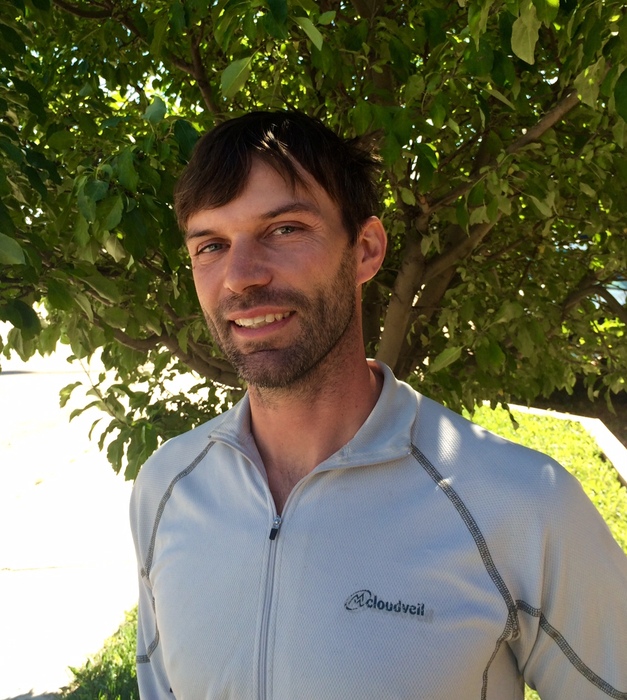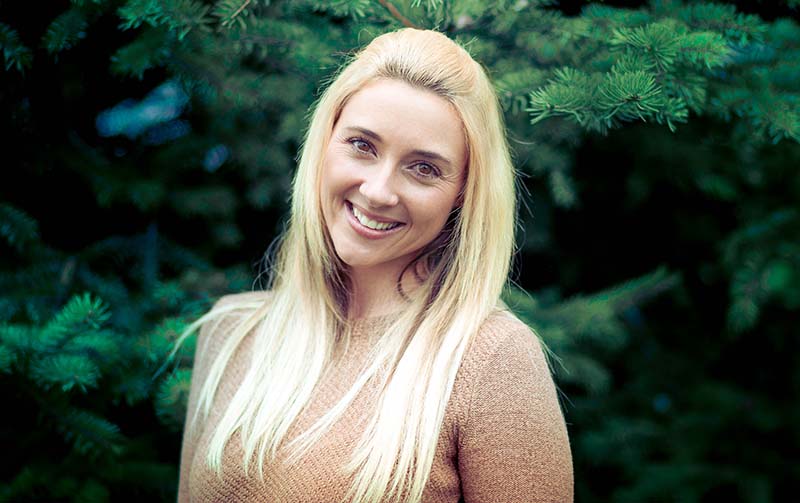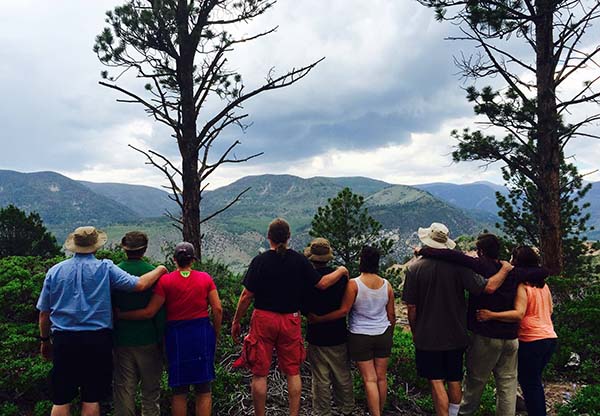July 07, 2016
Adaptation in the Wild

All living things adapt to their environment. From the large interconnected Aspen forests of Colorado and Utah, to the smallest bacteria in a microbe on the floor of the ocean, living organisms must adapt to the world around them in order to survive. Simply put, those organisms that do not adapt do not survive. Unlike animals living in the wild, people who expect their environment and surroundings to accommodate their whims and desires may be able to survive, yet, not independently, and without a sense of purpose or personal autonomy. It is a tough pill for some adolescents to swallow, the fact that the world will not change to fit their demands. They must learn to navigate life on life’s terms. And this is tougher to learn the older one gets.
The high desert plateau wilderness of Utah holds numerous examples of adaptation. This year we experienced a big, wet winter. We enjoyed a lot of snow, and much more humidity than we are used to. You can see the ramifications of the big winter in the deep greens of early summer. There are more wildflowers, the cacti bloom more flowers than usual, and the wildlife venture lower into the valleys searching for grass as the snow lingers at higher elevations. The Juniper trees, sometimes inaccurately called Cedars, by local ranchers and farmers, grow new branches in the spring. Some of these branches will thrive and become as thick as the trunk of the tree. Some branches will prove a burden in future years.
Unlike a human, the Juniper does not think, and therefore will not overthink a problem. Even though it made sense, so to speak, to develop this branch or that branch because of the abundant moisture and sunlight one year, it may not make sense to keep sending resources to these branches during years when there is limited water or sunlight. A tree might spend years sending lots of nutrients to extend a branch out one direction to capture more sunlight for the organism, only to have a couple of nearby Pinion Pines grow up to block the sunlight from that angle a few years later. The Juniper does not waste time complaining about the unfairness of the world, it gets on with redistributing its energy in an adaptive way. You do not have to look far within a Pinyon, Juniper forest to find a Juniper tree that has large twisting branches extending along the ground or jutting out from the center, long dead and dried out, protruding from the same tree as living branches sprouting leaves and reaching for the sun. If only it were this clear for us as humans, to let go of something we have developed, even nurtured and protected, when it no longer serves any purpose but to hold us back. The Juniper tells us, “If you can, it is okay to let go.
From the branches, on which they tie off their nightly shelters and routinely harvest bow-drill fire set materials, to the nesting bark and kindling twigs that fuel their fires, the Juniper tree represents many things to a Second Nature student. Yet, the Juniper, with its example of letting go, is only one of many teachers in the “big outside.” An authentic wilderness experience is abundant with lessons on adaptation. It is striking to witness a highly-intelligent, and highly stubborn, teenage boy trail off in the middle of a profanity-laced tirade directed at a breeze that carried off his belongings for the third time, because he made the choice to not put a rock on his notebook. In field jargon, when a student refuses to hike it is referred to as “sitting.” This is usually a habitual response to a difficult task that the student does not want to do, and in the “front country” it often works. When the older students explain that they would like to get to the water and food drop because it is calzone night, the newer student realizes that camp is much more comfortable than the spot where he is sitting. Of course, refusing to move when your community is working together to cover ground and procure food, water and shelter, is a maladaptive choice. Such humility is a purging of adolescent narcissism and omnipotence. Living in the wilderness empties one’s cup of bravado and arrogance, leaving room for new information. Such humility makes way for empathy, compassion, self-discipline, forgiveness, and accountability. Many Second Nature students often look back on their early days in the wilderness and have a good laugh, full of kindness and acceptance, and a sense of ownership of their past, present, and future.
My favorite illustration of “letting go” in nature is the Bristlecone Pine. The Bristlecone Pine is the longest living tree, with one specimen estimated to be over 5,000 years old. There are healthy, living, blooming Bristlecone Pines with branches and areas of the trunk that have become fossilized; petrified wood on a living tree. Indeed, many burdens we cannot just leave behind, as they will stay with us; the memory of a loss, the scar from a wound, altered chemistry from a habit, a dimming traumatic stress response, or chronic pain. The fossilized branch may remain, yet we can choose to change our relationship with it. We do not have to send it precious energy and feed it.



